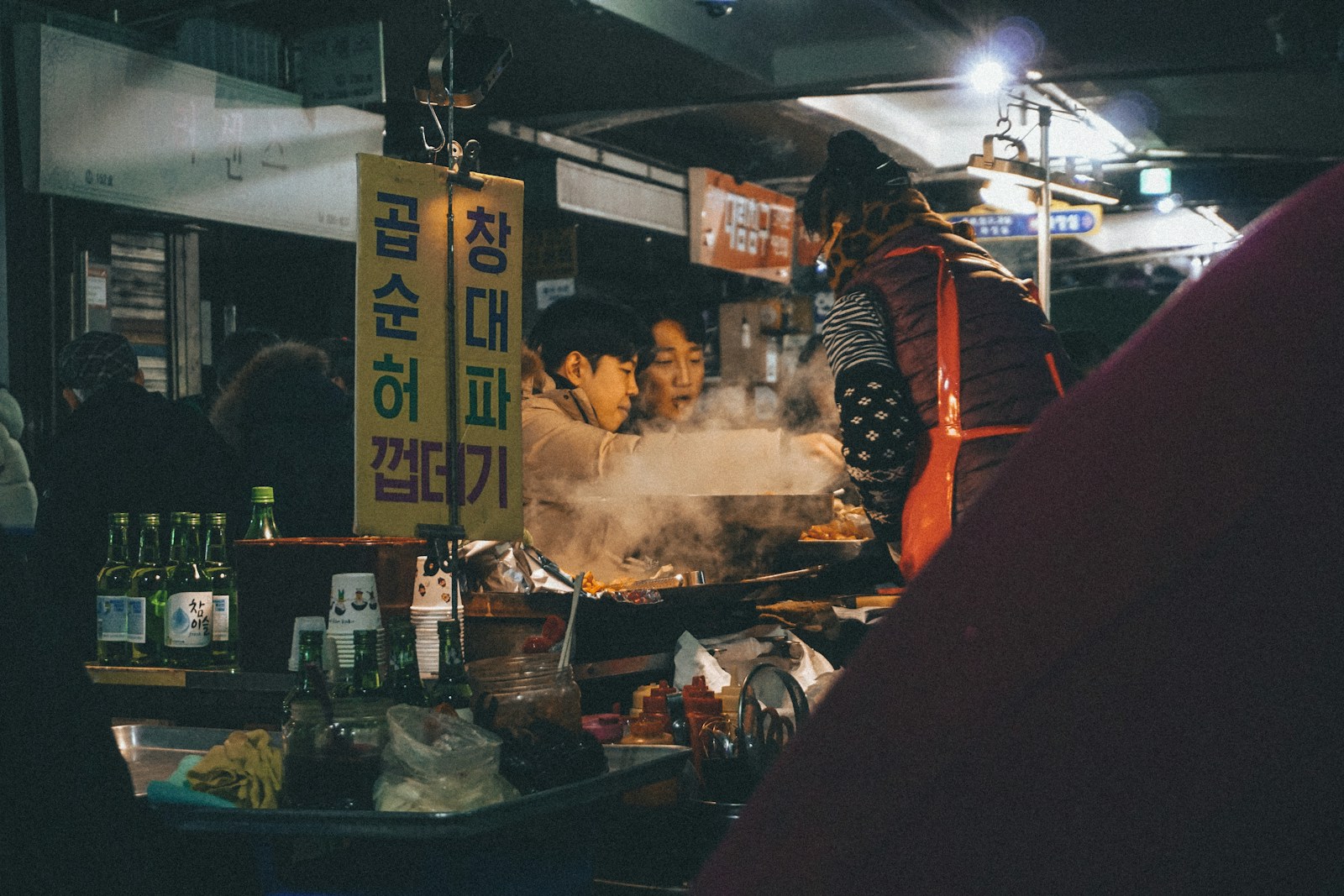Food has always been central to travel, but in recent years it has become the driving force behind many people’s journeys. Today, travelers aren’t just interested in landmarks and landscapes—they’re seeking authentic culinary experiences that connect them to local culture. From bustling street markets to Michelin-starred dining, food tourism is shaping the way we explore the world.
Food as a Cultural Gateway
Tasting local dishes offers a direct line to a destination’s identity. Whether it’s sipping espresso in an Italian café, enjoying street tacos in Mexico, or sampling pho at a Vietnamese market, food brings travelers closer to the heart of a culture. Meals tell stories of history, geography, and tradition that no guidebook could fully capture.
Food tourism allows travelers to go beyond sightseeing and truly engage with a place through its flavors, rituals, and people.
If you’re curious how travel impacts you beyond the plate, see How Travel Shapes Personal Growth and Identity.
Culinary Experiences Driving Travel
More travelers are booking trips specifically for food. Wine regions like Bordeaux and Mendoza attract enthusiasts eager to taste vintages at the source. Cities like Tokyo and Bangkok are renowned for their street food, attracting millions of visitors each year. Cooking classes, farm-to-table experiences, and food festivals add depth to itineraries, turning meals into memorable highlights.
This trend is fueling entire industries, as destinations increasingly market themselves through their cuisine. From food trails to gastro-tours, the possibilities for exploration are endless.
For other experiences shaping trips this year, check out Travel Trends to Watch in 2025.
The Rise of Sustainable and Local Dining
Travelers today want meals that are both authentic and responsible. This has boosted farm-to-table dining, where ingredients come directly from local producers, and restaurants that highlight regional traditions. Supporting local farmers and chefs ensures that tourism dollars benefit the community.
For travelers, sustainable dining adds meaning to every bite—it’s not just about taste, but also about contributing to the preservation of cultural and environmental values.
See Eco-Friendly Travel Tips for a Sustainable Trip for more ways to travel responsibly.
Food Tourism and Community Connection
Beyond tasting new flavors, food tourism fosters human connection. Sharing a meal with locals, dining in family-run restaurants, or visiting neighborhood markets creates opportunities for authentic interaction. These experiences help travelers build relationships that transcend language, making food not only a highlight of travel but also a bridge between cultures.
The Future of Travel Through Food
Food tourism isn’t just a passing trend—it’s changing how we plan our trips. Instead of choosing a destination first, many travelers now start with a dish or cuisine they want to try and plan from there. Social media has amplified this, as mouthwatering photos inspire people to travel for flavors they’ve never experienced.
For younger generations, especially, food is the centerpiece of exploration, turning every meal into a reason to travel farther and dig deeper.
The Takeaway
Food is no longer just part of the journey—it’s the reason for it. By seeking authentic meals, sustainable practices, and immersive experiences, travelers are transforming tourism into something richer and more connected.
The future of travel is written not in guidebooks, but on menus around the world. At its heart, food tourism is about connection—meals shared with locals become stories and friendships that last long after the journey ends.




